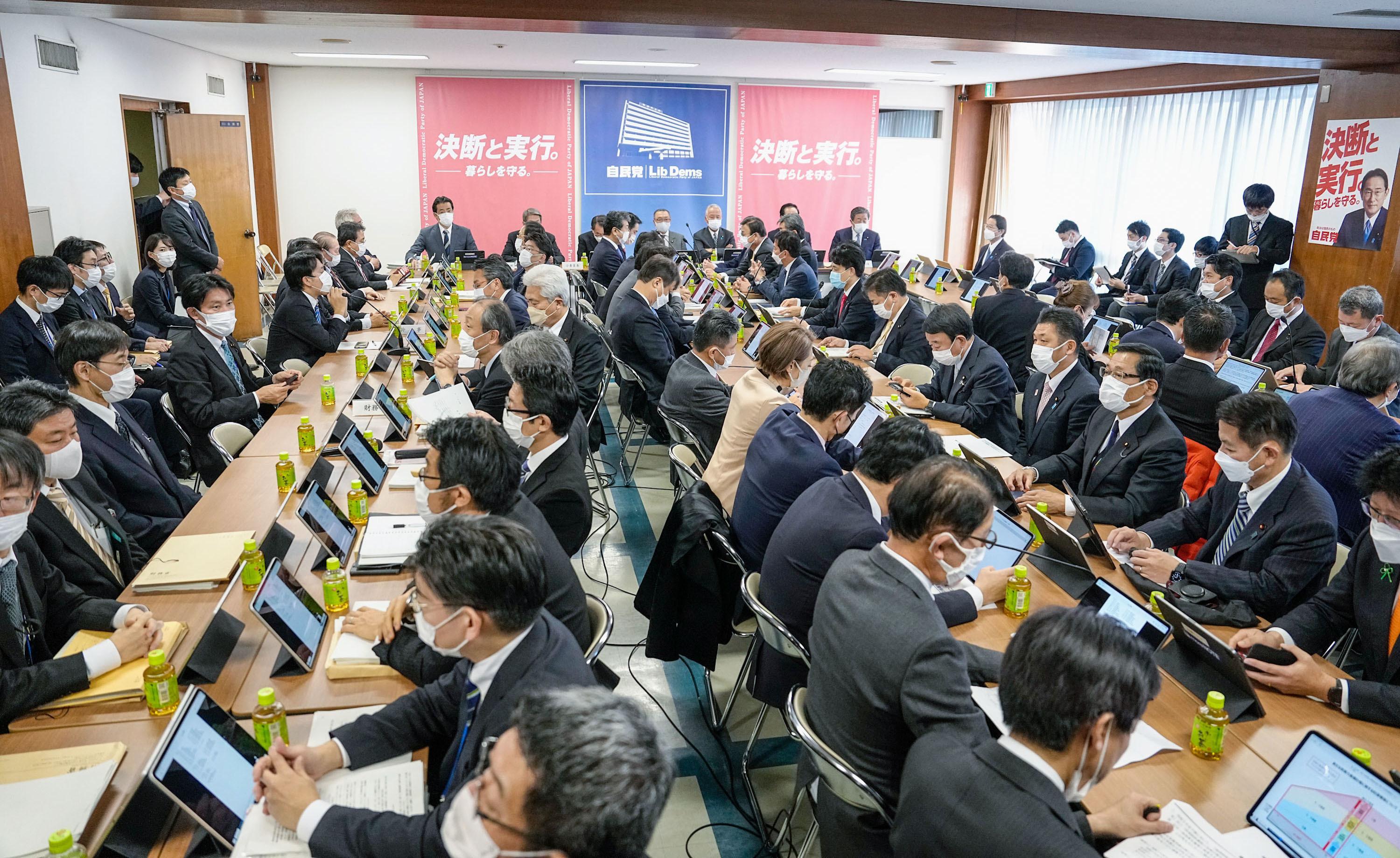- Article
- Macroeconomics, Economic Policy
Economic Policy Challenges for the Next Administration
August 27, 2009
The Japanese economy owes its growth over the past five years to dependence on external demand; fundamental structural reforms have not been implemented on a sufficient scale. Now, however, with external demand (exports to the West) predicted to remain sluggish for some time, the need to reform the structure of the Japanese economy is greater than ever before.
The Impact of the Global Financial Crisis on Japan
Japan has experienced the steepest fall in production of any developed country since the global financial crisis struck in the autumn of 2008. The reason for this is that the crisis triggered a sharp contraction in overall demand, including for imported goods, in the United States and Europe, causing Japan’s exports to the West to plummet. The impact has been especially severe in Japan because the Japanese economy has become increasingly export-dependent over the past five years. Japan has been recording trade surpluses since the 1970s. Expanding domestic demand became a priority for economic policymakers in the 1980s, but the long slump that followed the collapse of the economic bubble in the early 1990s meant that the economy entered the new millennium with this goal still unfulfilled. The economy finally emerged from its long downturn by recording growth between 2003 and 2007, but domestic demand remained weak, and the growth was sustained almost entirely by exports to destinations like the United States and China. The economy became increasingly export-dependent during this period, with the result that it suffered extensive damage when the global financial crisis dealt a direct blow to Japanese exports to the West (including those via China).
At the same time, Japanese financial institutions sustained relatively little direct damage from the problem of subprime-loan-related securitized products and other such nonperforming assets. (As Japanese financial institutions were still busy in the early 2000s disposing of their nonperforming loans from the bubble era, they did not have the funds to make major investments in financial products involving subprime loans. This had the fortunate consequence that they came through this period without taking on further nonperforming assets.) Also, because of their progress in adjusting their balance sheets in the late 1990s and 2000s, Japanese corporations and banks had quite healthy balance sheets in August 2008, shortly before the collapse of Lehmann Brothers.
To put it in exaggerated terms, Japan is basically unaffected by the nonperforming assets currently burdening Western countries, and the country’s financial system faces few problems. One could say that the damage to Japan’s economy stems entirely from the contraction in overall demand caused by the decline in exports to Europe and the United States. The fact that Japan’s financial system is less damaged than those of Western economies is an advantage and means that the conditions are ripe for the Japanese economy to grow more swiftly than Western economies. If Japan can cope adeptly with the shortfall in external demand, its economy may return to growth in a relatively short time.
The Challenges Facing the Japanese Economy
The biggest economic challenge currently facing Japan is to deal with the slump in external demand, and there is no option but to compensate for this loss by increasing public demand—that is, demand from the governmental sector. This means that, for the time being, Japan will have to maintain an expansionary fiscal policy of public works and tax cuts and a loose monetary policy. However, the decline in external demand for Japanese products is unlikely to be a short-term phenomenon.
Resolving the problem of nonperforming assets in the United States will probably be a lengthy process, while the instability in Europe’s financial system is also expected to persist for some time. The slowdown in domestic demand in Western economies is therefore set to last. As a result, Japan will probably experience a structural, long-term decline in its exports to the West. This is a major issue for the Japanese economy over the next decade. As for how this challenge should be met, in the next few years it will be important for Japan to develop demand in regions other than the West, such as emerging countries in Asia and elsewhere. After that, in the longer term of around 10 years, we should pursue the potential for a growth pattern fueled by self-sustaining domestic demand by developing domestic-demand-type industries. These challenges involve the questions of how to change Japan’s long-term economic and industrial structure and how to achieve growth. In other words, the issue is how to increase the efficiency of the economy.
Meanwhile, the immediate issues that have become the biggest points of contention in the election campaign are the widening of income disparities among workers—at the core of which is the problem of discrimination in working conditions between regular and nonregular workers—and reforms to social security systems, such as the pensions system and public healthcare. These issues center on the question of what kinds of redistributive policies should be implemented to increase fairness in the economy.
Manifesto Comparison and the Next Administration’s Economic Policy
On the issue of economic management in the immediate future, it is assumed that both the ruling Liberal Democratic Party and the opposition Democratic Party of Japan are committed to an expansionary macroeconomic policy of public spending. At the present time, there is no alternative for combating the recession. The DPJ, however, claims that it will free up fiscal resources for its redistributive policies by reducing wasteful spending; it is therefore possible, albeit highly unlikely, that macroeconomic management under a DPJ administration could take on the characteristics of fiscal austerity.
In their manifestoes, both parties emphasize redistributive policies involving the pork-barrel-like use of fiscal resources. Yet when it comes to the issues of how to change Japan’s industrial structure to prepare it for the future and how to achieve economic growth, the parties are vague. If one had to differentiate them, one might say that the DPJ—in advocating measures like a ban on nonregular employment—favors boosting redistribution even at the expense of economic efficiency, while the LDP—in advocating continued deregulation rather than stronger regulation, coupled with an expansion of the safety net to cope with the negative effects—shows a slight preference for efficiency. Since both the LDP and the DPJ take a negative view of the structural reform path followed by the administration of former Prime Minister Junichiro Koizumi (2001-6), however, neither the ruling nor the main opposition party seem very committed to encouraging growth by enhancing the efficiency of the economy through reforms.
The Japanese economy owes its growth over the past five years to dependence on external demand; fundamental structural reforms have not been implemented on a sufficient scale. Now, however, with external demand (exports to the West) predicted to remain sluggish for some time, the need to reform the structure of the Japanese economy is greater than ever before. Boosting redistributive policies to alleviate income disparities is important, but if the measures have the effect of strengthening regulations and hindering change in the economic structure, they will hamper the economy’s long-term development and lead to a deterioration in people’s standard of living. In essence, such measures would serve as an incubator for inefficiency and might cause long-term decline in the Japanese economy. The current stances of the LDP and DPJ, which emphasize redistribution and appear to endorse the curbing of competition, only serve to heighten such fears and anxiety.
The biggest challenge for the new administration, in addition to the immediate issue of increasing fairness by bolstering the safety net, will surely be to devise a strategy for sustained economic growth by setting out in concrete terms a roadmap for mid- and long-term changes to the structure of the economy.


